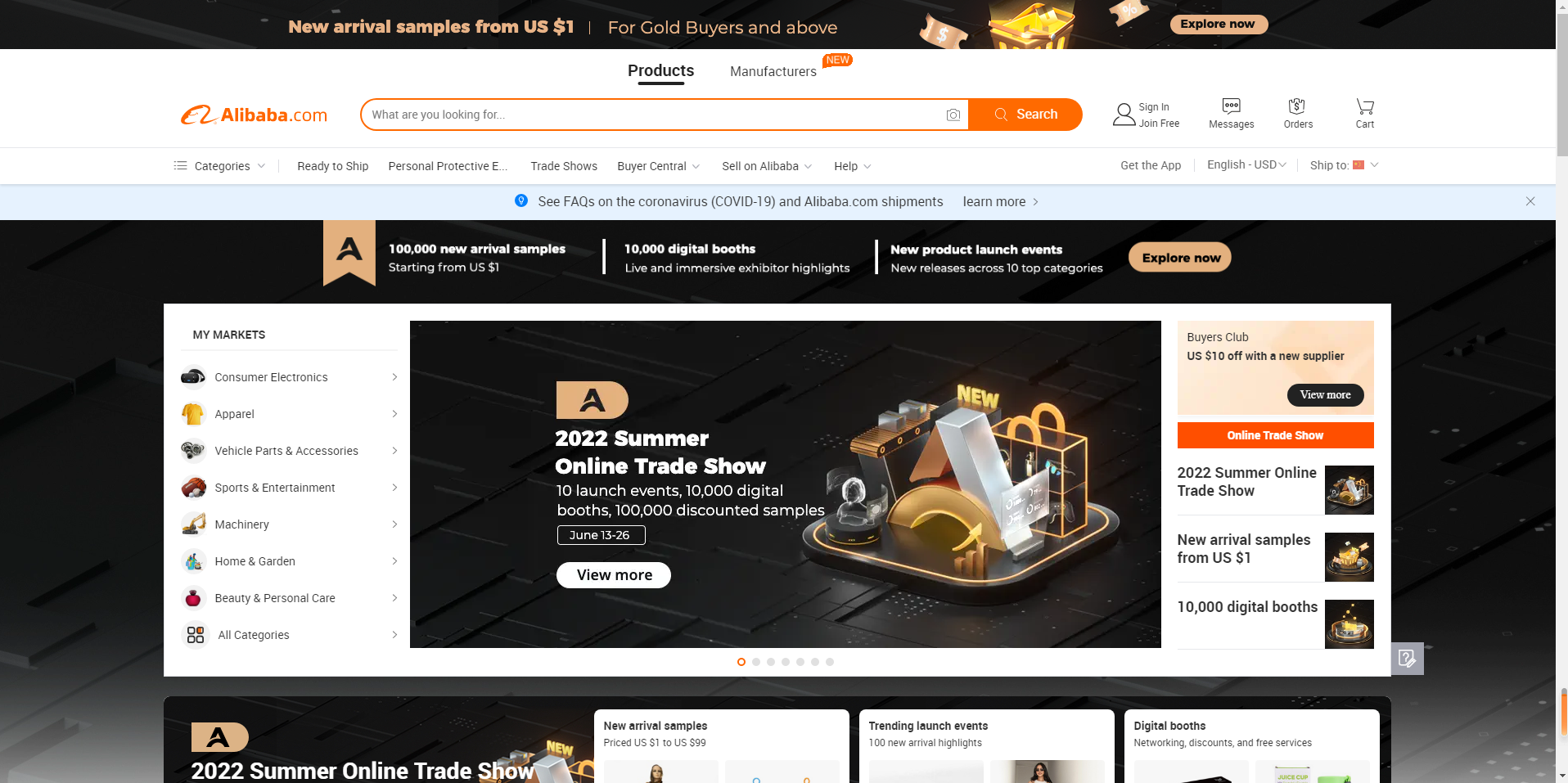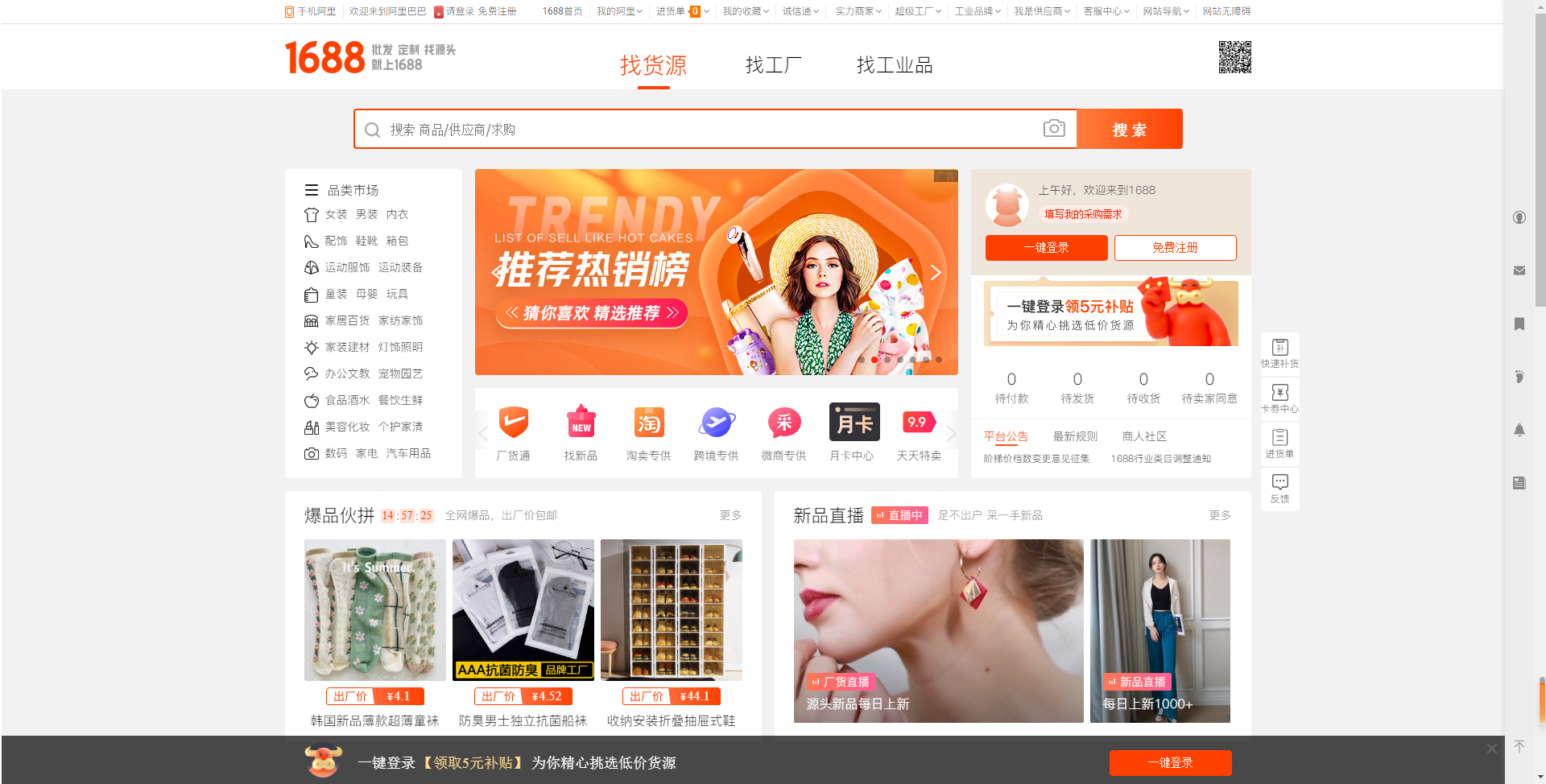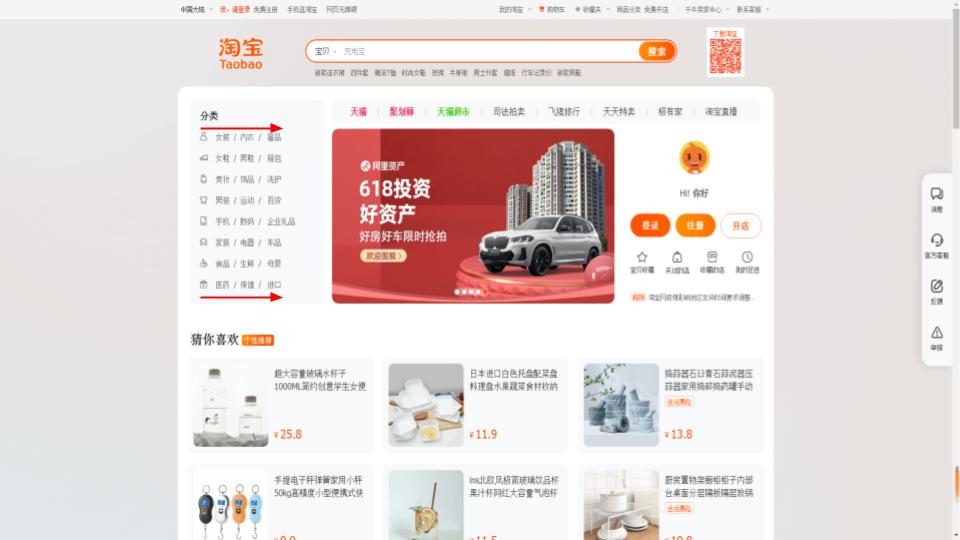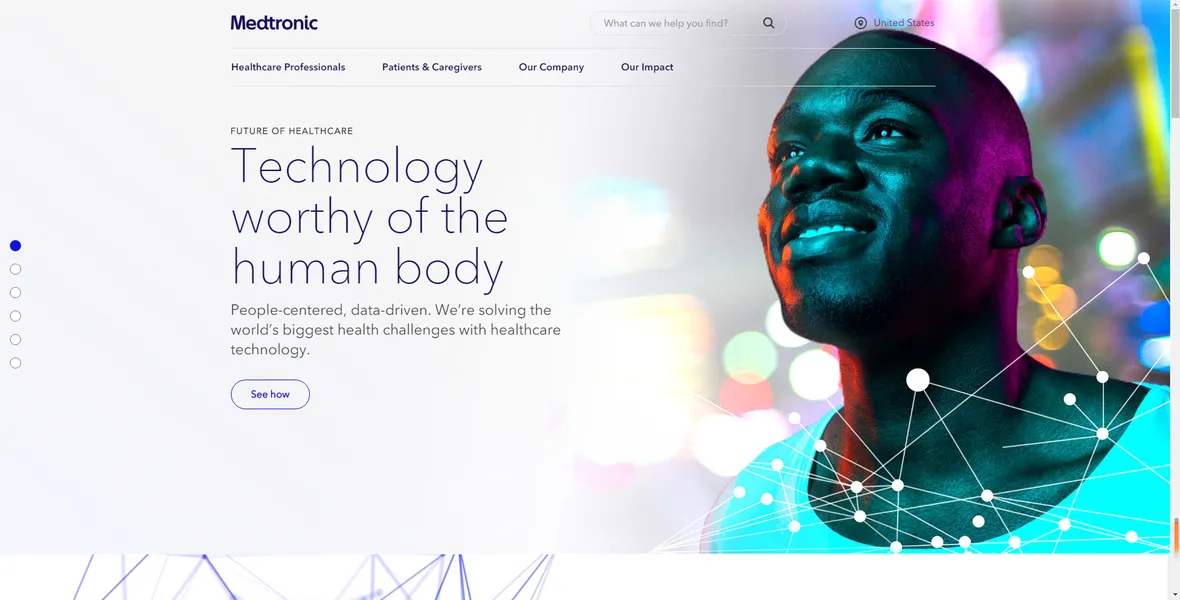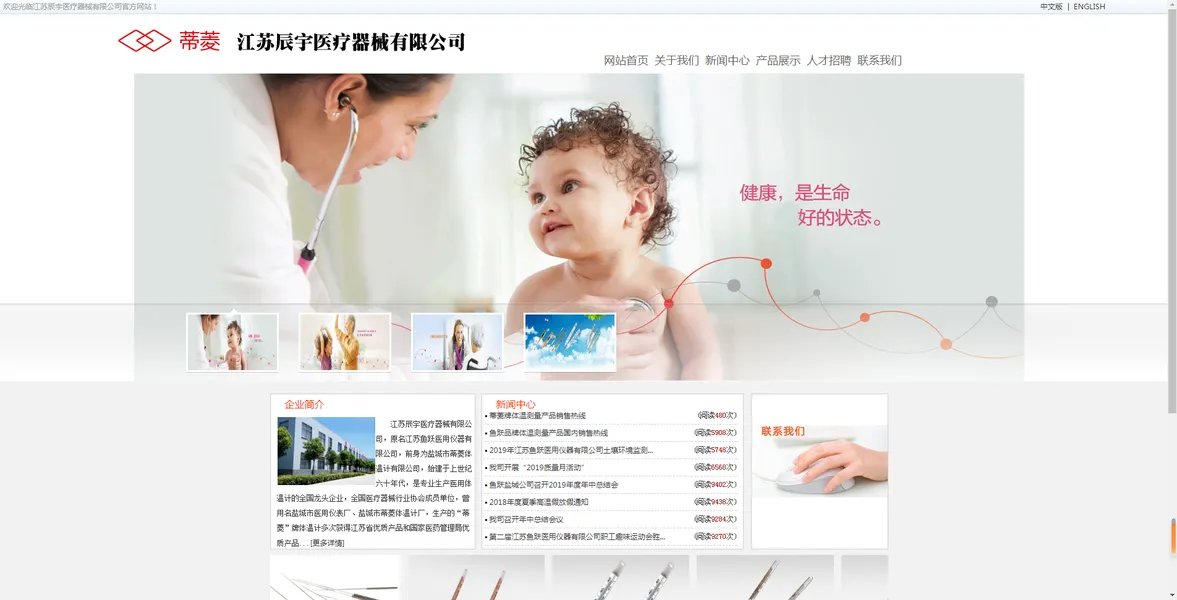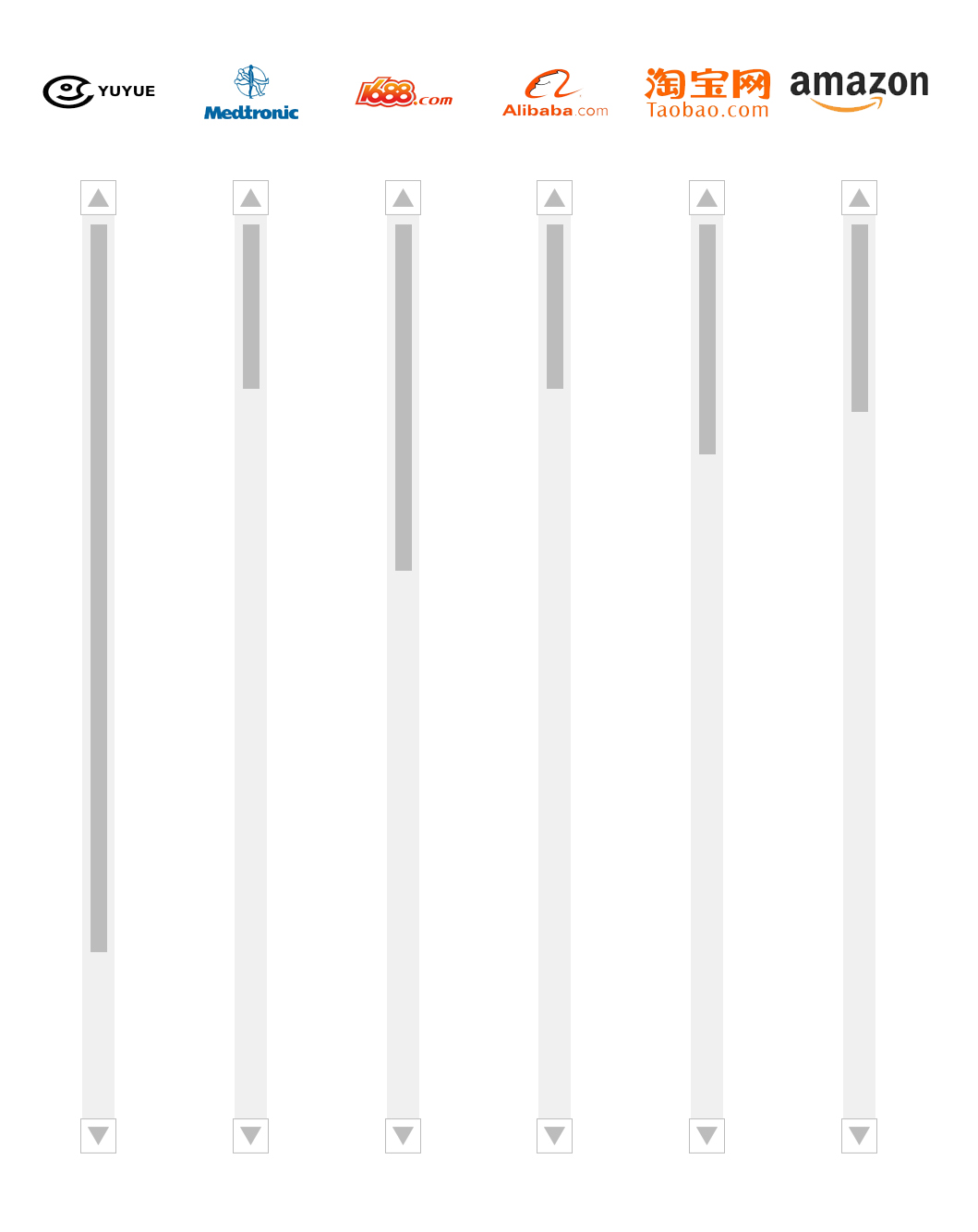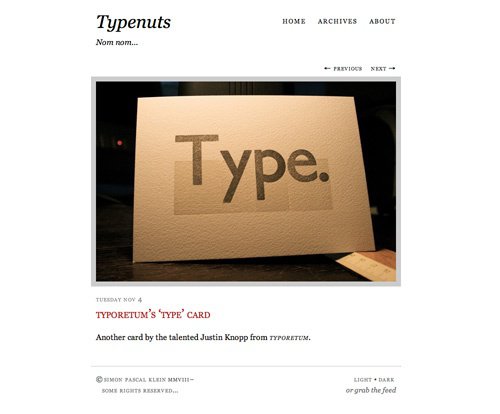For better or worse, the 2020 pandemic has increased the digitization rate of the world. Just since 2019, more than 800 million people joined the world wide web, bringing the total number of internet users to 5 billion. Even the developed world has seen its numbers grow, and more importantly, it has seen pre-existing users increase their reliance on the digital world.
Considering this trend, it becomes increasingly apparent that as a company, your digital presence is an absolute requirement if you hope to remain competitive. You can no longer rely on offline mediums alone, especially if you intend to enter foreign markets.
Your online presence can come in many forms; for instance, through social media, customer support, email marketing, online conferences, third-party platforms, etc. That being said, the most important part of your digital persona starts with your website.
The importance of a website
You’re probably aware that having a website is quite important, but you may not know how important it is. A flagship site can really help your business grow. According to WebFx:
-
- 88% of users are less likely to return to a website after having a bad experience;
- 89% of users will shop with a competitor after a poor experience.
Just these two statistics alone should be enough to convince you of the importance of a well-designed site. After all, how could you compete with local companies that have a better position in their respective markets, have better name recognition, and have a better online presence thanks to their superior website?
You can’t.
You need to overcome them in the one arena you can compete in fairly—the online world.
It doesn’t stop here either, let’s continue:
-
- 44% of shoppers will tell their friends about negative online experiences.
- It takes between 50ms and 500ms for a user to form an opinion on your website.
Not only does it take milliseconds for a customer to judge your website, but if they have a bad experience on it, you can be damn sure that they will share it with their friends. Simple repeated mistakes can have devastating effects.
However, if you take the time to create a quality website with a solid design that is well localized, you reap some significant benefits:
-
- Well-designed websites generate more traffic.
- Websites with superior UX can have up to 400% higher conversion rates.
- 86% of buyers will pay more for a better customer experience.
Branding problems
As a Chinese company hoping to expand your presence into western markets, your website is even more important. You see, despite some major international successes (ByteDance, Alibaba, Lenovo, etc.), Chinese companies still have to deal with branding issues in the west.
In fact, in the four largest western markets (the USA, Germany, the UK, and France) consumers still perceive Chinese products less favorably than local ones. For instance, in France, researchers found that consumers perceived foodstuffs of Chinese origin to be less healthy and of lower overall quality than European ones. In the United Kingdom, consumers considered Chinese electronic goods to have lower-quality “internal features” and “technology.”
In Germany, a study found that even large Chinese brands had lower name recognition than their international counterparts (Volvo 96%, Huawei 44%). To make matters worse, 32% of the respondents felt some dislike towards Chinese brands, and only a measly 12% associated them with “excellent quality.”
Similarly, American consumers had a negative response toward Chinese goods. 62% of respondents perceived them as of lower quality and 77% perceived them to be potentially harmful compared to American-made products.
Although these perceptions can vary substantially depending on the product category examined, the problem remains the same—Chinese companies have a branding issue.
One of the first steps you can take to address this problem is to create a Western-friendly website. You need to take into account the browsing habits, cultures, and languages of western consumers.
Website translation and localization
Entering a new market is rife with difficulties. You will face stiff competition from companies that know the local market better than you do and are likely well entrenched with solid market shares. On top of that, you suffer from name recognition and perception problems—it will be an uphill battle.
Considering all these difficulties, as a Chinese company, it is absolutely vital for you to take the localization of your website seriously.
How can website translation and localization help me enter foreign markets?
Proper website localization can help you put your best foot forward and create a great first impression with potential customers, which you will need if you want to convert them into actual customers. Let’s take a quick look at some basic statistics:
-
- There are 18% of English speakers worldwide (including as a second language).
- There are even fewer Chinese speakers worldwide.
- 87% of consumers won’t buy anything from a website in another language.
- 65% actively prefer to read a website in their native language, even if they can read the Chinese or English versions.
- 64% of buyers value localized content.
- 56% of users value being able to get information on a specific product in their own language more than they value its price.

Despite being able to cover almost 40% of the population with just Chinese and English, consumers prefer having access to your website in their native languages. As you can see from the previous statistics, consumers may entirely forego buying a product if they can’t fully understand it. Without the proper language, understanding goes out of the window.
Not only that but by ensuring that your consumers fully understand your offering, you can eliminate potential future issues altogether. Your customers are less likely to misuse your products, they won’t send them back as often, and you can generally deal with fewer liabilities.
The earlier you start localizing, the more adapted you’ll be to the needs of foreign customers, and you’ll be able to display a deep understanding of their language and culture, ultimately creating a bond with them and fostering a strong brand image in their minds—which as a Chinese company, you need.
A strong brand and a good understanding will increase your customers’ experience. Among all the possible investments you can make, user experience provides one of the highest ROIs. According to WebFX, every dollar invested to create a solid user experience offers $100 in return—an ROI of 9,900%.
Let’s recap. Website translation and localization can help you:
- Build trust.
- Expand your reach.
- Increase your conversion rate.
- Improve user experience.
- Decrease potential liabilities.
What are the differences between Western and Chinese websites?
Although there is some overlap between Chinese and international consumers’ browsing habits, there are also some essential differences that you need to consider to design a great website.
1. Content quantity
By and large, Chinese consumers tend to prefer content-rich pages with many links and pop-up features. However, western consumers perceive these kinds of pages negatively, and the extra content is considered clutter.
2.Color scheme
Picking a color scheme will largely depend on your company’s design and logo; that being said, you should keep in mind that Western consumers tend to prefer somewhat colder colors than their Chinese counterparts. A good rule of thumb when it comes to design is the adage of “less is more.”
3.Length
Western internet users prefer longer pages since they rely heavily on scrolling. On the other hand, Chinese users tend to rely on shorter pages and links to sift through a website’s content.
4.Structure
It’s a subtle but essential difference; to a certain extent, Chinese consumers are used to navigating their sites horizontally. On the other hand, Western consumers prefer to do so vertically, which is also why they rely so much on scrolling.
Putting it all together
Let’s look at some concrete examples. We can start with a Chinese company that has had quite a bit of success with western customers—the Alibaba Group.
On the left, you can see the Alibaba website, which targets international customers, and on the right, you can see the 1688 website, which targets Chinese customers.
Can you see some subtle differences?
The color scheme selected might be the easiest to spot. The Alibaba website clearly relies on colder tones. You can also notice that 1688 is more cluttered, it relies on more links, and its menus are fuller and more detailed. There is also a higher reliance on pop-ups; in fact, the moment you open the website you get a request to log in. Finally, if you pay attention to the length of the page, you can see that 1688 is substantially shorter.
Let’s look at another set of websites to highlight the differences in navigation structure—Amazon and Taobao.
As you can see, the Amazon navigation is vertical (high to low), while the navigation on Taobao is horizontal (left to right).
If you think this is unique to the e-commerce industry, you’d be wrong. Let’s look at two major medical device companies.
On the left is Medtronic’s website, one of the biggest international companies, and on the right is Yuyue’s website, one of China’s biggest companies in the field. I hope that by now you can easily spot the differences.
And in case you couldn’t see it in the above pictures, let me show you the differences in page length.
Clearly, every website that caters to Westerners has more content per page and is scrolling-friendly. Feel free to go back up to compare them in the previous images.
Linguistic and design issues.
1. Faulty translation
You can have the most amazing design, and you could fix all the issues we mentioned above, but if your site is littered with linguistic mistakes or you rely on word-for-word translation, it will inevitably reduce the readability of your site and betray how little you know your customers. It sends the wrong message, one that says “we don’t care about you.”
Here is an example of a sizeable Chinese company that failed to translate its site properly. Can you see their mistakes?

Keep in mind that this is their landing page, it is the very first image a potential customer will see, and yet, it is littered with mistakes. I do not doubt that customers will likely click away and go to a competitor’s website with a more appealing landing page.
2. Idioms and common expressions.
Obviously, there are some expressions that are unique to the Chinese language that simply do not have an equivalent in English. Attempting to force a translation or assume that even the general meaning can be transferred can lead to weird-looking paragraphs that mean very little in the target language.
A good example is the concept of 面子 (face). Although it can be loosely translated to honor, or reputation it doesn’t have the same actual meaning. In the West, the idea of the “loss of face” is much less prevalent and doesn’t hold the same significance as it does in Asian countries. Subtle slights that would be perceived as egregious errors in China will likely not mean much to the average western consumer. Creating a piece of content that relies on the 面子 concept will likely leave western consumers scratching their heads.
3. Lack of transcreation
Tied to the previous point, sometimes there are parts of your content that won’t transfer well to another culture, even with the help of the best translators. Instead of attempting to force a piece of content or a section of your site into a new language, at times, it is simply better to create something new from scratch—while keeping the original goal in mind.
An obvious example would be an advertising campaign centered around Chinese celebrations.
Attempting to translate a promotional campaign about “Single’s Day”(11/11) for American consumers is unlikely to lead to any positive results. Instead, you should create new content about “Black Friday.”
4. Typography
It may not sound important but the font you pick can make or break your design. Picking the right one for your company and the message you wish to convey is important.
Not convinced? Look to the right.
As you can see on this page, the content is meant to be fun and exciting and they used a font to match it.
Fonts can help you convey very different messages. You can imagine that if you were to swap the fonts for these designs you would create a lackluster feel and end up ruining all your design’s appeal.

localization website, website for translation, website translation in english, website translation English to Spanish
5. Script size
Last but not least, the scripts you may want to use can vary in size and you should keep it in mind before you design your website.
Yes, before. Why?
Because if you don’t you end up with menus that look like this.
As you can see, they didn’t prepare enough space for each menu item. Compare that with the Chinese version.
Clearly, they used some website translation services and didn’t bother localizing. They failed to realize that the Chinese characters they used aren’t of the same size as their English counterparts. Compare the differences in length:
- Innovation
- 创新驱动
- 创新
It’s a small difference with a big effect—that’s why translation isn’t enough, that’s why localization is important.
Wrap-Up
Hopefully, this article has equipped you with enough knowledge to do a great job with your website, but we understand that it can still be a difficult task. If you don’t feel like you have the tools to tackle your website, why not entrust it to a team of professionals?
Why Transphere?
At Transphere you will have access to a dedicated team of localizers that includes talented translators, linguists, copywriters, and designers. They will ensure that you don’t have any mistakes on your site:
- No mistranslations.
- No grammatical mistakes, syntax issues, or spellchecking mishaps.
- Quality content.
- A design that makes sense.
With our help, you can ensure that your website will be ready for a flawless market entry. Considering the difficulties you could face, don’t you want to rest easy knowing that your website is in good hands?
I know I would.
Tags: localization website, website for translation, website translation in english, website translation english to spanish


